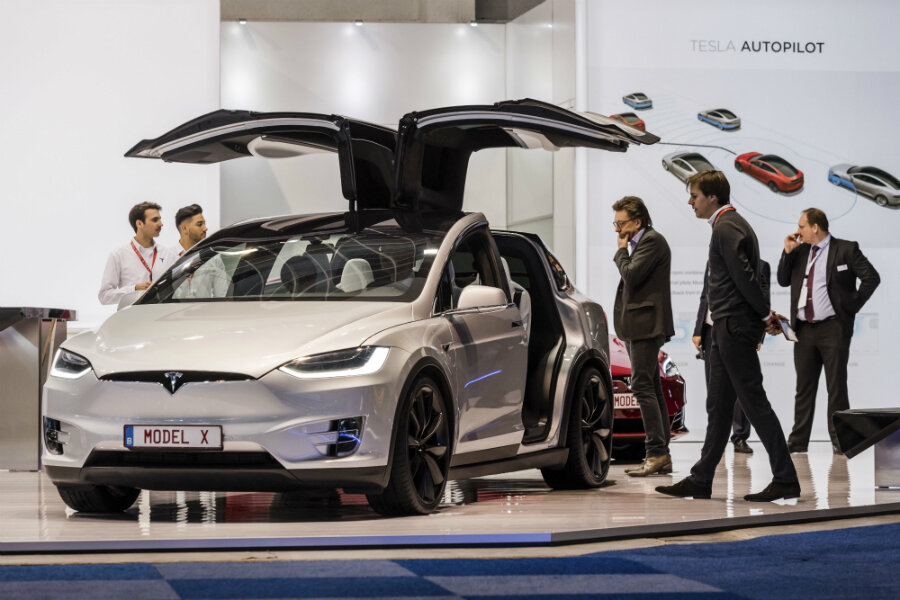Tesla probe closed with warnings over autonomous car safety
Loading...
Tesla chief executive officer Elon Musk believes that self-driving cars are the future, but US regulators say everyone should keep their hands firmly on the wheel for the present.
On Thursday, the National Highway Traffic Safety Administration (NHTSA) released the results of their seven-month investigation into the fatal crash of a Tesla vehicle operating in the so-called Autopilot mode. While they aren’t going so far as to ask Tesla to issue a recall, they criticized the company for labeling the feature in a potentially misleading way.
The accident that triggered the probe involved an Ohio driver, Joshua Brown, who was killed while driving in Williston, Fla. while using the Autopilot feature. A tractor-trailer made a left turn in front of his car at an intersection, but the car and driver failed to notice the white vehicle "against a brightly lit sky," as Tesla said in a blog post at the time.
The NHTSA determined in their report that the system had no safety defects at the time of the crash in Florida, and was primarily designed to prevent rear-end collisions, spokesperson Bryan Thomas told the Associated Press. They did, however, object to the company’s decision to name its driver assistance system “Autopilot.”
The system integrates data from various onboard instruments including cameras and radar sensors to let the car sense its surrounding environment. Onboard computers crunch the data and allow the car to aid the driver through actions such as adjusting course to stay in the center lane, or automatically braking to avoid a crash.
It is not, however, the holy grail of fully autonomous self-driving technology that many companies are pursuing. Tesla says that drivers must be prepared to take control at any time, and should recognize that Autopilot is merely an “assist feature.” Drivers are also required to keep their hands on the wheel at all times, but this upgrade came after the Florida accident.
Consumer Reports magazine had foreshadowed this criticism, calling on Tesla to drop the “Autopilot” name. Ultimately, the NHTSA’s report found that Tesla is forthright about the system’s limitations in the owner’s manual, “[a]lthough perhaps not as specific as it could be.”
Still, this outcome is a win for Tesla, and self-driving vehicles in general, according to Karl Brauer, the executive publisher of Kelley Blue Book. Avoiding a recall “helps clarify that cars are still supposed to be driven by attentive people, and if people behind the wheel aren't attentive, it's not the technology's fault,” Mr. Brauer told the AP. That will help avoid the idea that the technology causes accidents, he said.
Tesla found nothing to dispute in the report’s findings, saying in a statement, “we appreciate the thoroughness of NHTSA’s report and its conclusion.”
Mr. Musk also found something to appreciate, and took to Twitter to highlight the vehicle’s safety record.
In the end, Mr. Thomas of the NHTSA emphasized two conclusions. First, regardless of what a car company names its driver assist program, sitting behind the wheel demands "continual and full attention." And second, manufacturers need to recognize that there’s a difference between how customers are supposed to use a feature and how they actually use it, and they should design accordingly, "with the inattentive driver in mind," he said.
This report contains material from the Associated Press.








